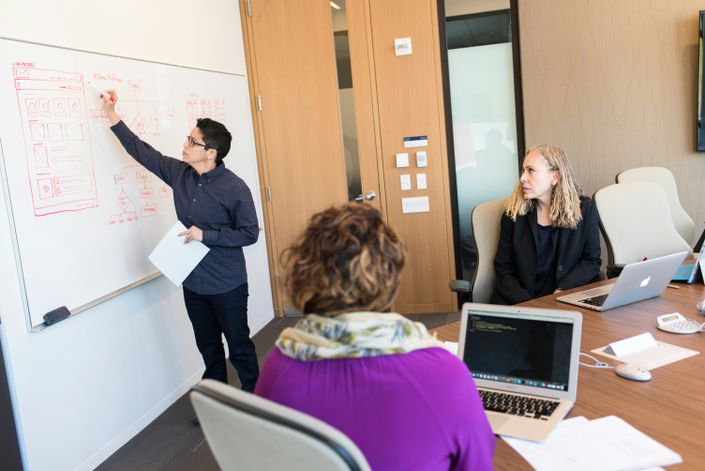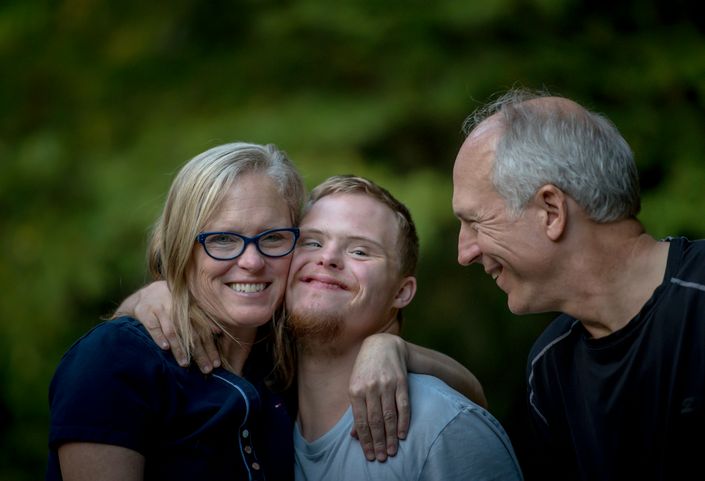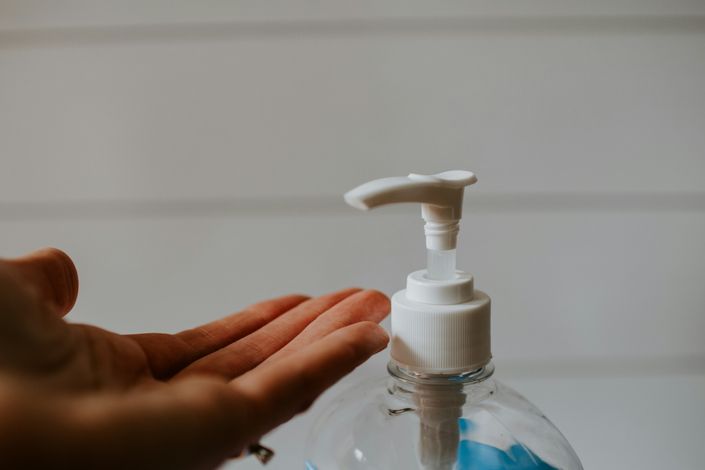
Objectives
Interactive Lectures: Engaging presentations explaining the types and purposes of different mobility aids.
Hands-On Demonstrations: Practical sessions where participants learn to use various equipment under the guidance of experienced instructors.
Virtual Simulations: Use of virtual reality or video simulations to practice and visualize the correct use of equipment in a safe environment.
Group Activities: Collaborative exercises and discussions to enhance learning and address common challenges.
Learning Methods:
- Interactive Lectures: Engaging presentations explaining the types and purposes of different mobility aids.
- Hands-On Demonstrations: Practical sessions where participants learn to use various equipment under the guidance of experienced instructors.
- Virtual Simulations: Use of virtual reality or video simulations to practice and visualize the correct use of equipment in a safe environment.
- Discussion Forums: Online platforms where participants can discuss real-life situations, share experiences, and solve problems collaboratively.
-
Self-Assessment Quizzes: Regular quizzes throughout the course to assess understanding and reinforce learning.

Introduction to Mobility Aids
Overview of mobility aids including gait belts, slide boards, wheelchairs, and different types of mechanical lifts. Detailed discussion on the indications and contraindications for each type of equipment.

Safe Use of Transfer Equipment
Techniques for using gait belts and slide boards, focusing on patient comfort and caregiver safety. Best practices for operating mechanical lifts, including patient positioning and equipment maintenance.

Nighttime Safety Supports
Use and monitoring of bed rails, floor mats, and electronic monitors. Strategies for minimizing risks of falls and other accidents during the night.
Transfer & Mobility Equipment Curriculum
- 1.1 Overview of Mobility Aids: Introduction to different types of mobility aids and their specific uses.
- 1.2 Benefits and Limitations: Discuss how each piece of equipment can aid in caregiving and what limitations they might have
- 1.3 Activity: Flashcards matching game where caregivers match mobility aids with their descriptions and uses.
- 2.1 Gait Belts and Slide Boards: Techniques for safe use of gait belts and slide boards to assist with patient transfers.
- 2.2 Hoyer Lift Operations: Step-by-step instructions on how to set up, operate, and transfer a patient using a Hoyer lift.
- 2.3 Activity: Video demonstrations followed by virtual simulations for practice.
- 3.1 Using Monitors and Alarms: How to set up and use patient monitors and alarms effectively.
- 3.2 Proper Installation and Use of Bed Rails: Best practices for the safe installation and use of bed rails to prevent falls.
- 3.3 Activity: Interactive checklist exercise for setting up a safe patient room for nighttime.
- 4.1 Equipment Handling Workshops: Real-time remote instructions on handling and using equipment with dummies or virtual reality simulations.
- 4.2 Scenario-Based Drills: Participants practice using equipment in various care scenarios to ensure readiness in real-world situations.
- 4.3 Activity: Group role-play via video conference where participants demonstrate equipment use and receive feedback.
- 7.1 Practical Assessment: Participants must demonstrate correct use of at least one transfer aid and one nighttime safety support in a controlled setting or through a virtual environment.
- 7.2 Written Exam: A test covering key concepts, operation procedures, and safety protocols discussed in the module.
Intended Audience
This module is intended for caregivers, nursing assistants, and other healthcare professionals responsible for assisting patients with mobility. It is particularly valuable for staff in elderly care facilities, rehabilitation centers, hospitals, and home care settings.

Provider Agencies Also Like This
Explore additional training opportunities that other provider agencies have found valuable. This section features a curated selection of courses and resources designed to enhance your knowledge and operational effectiveness in the home care industry.







